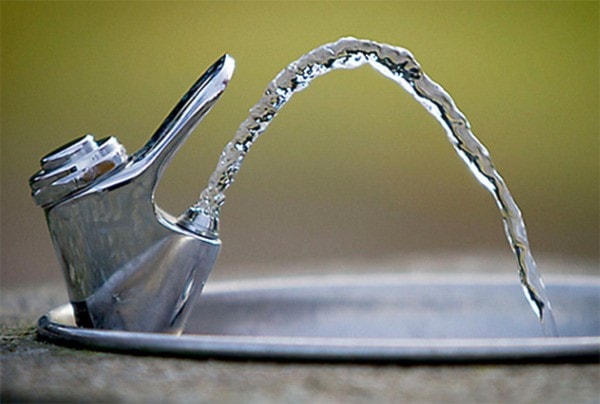SURREY — The Surrey School District says extensive testing of its water sources is complete and out of 621 taps and fountains analyzed, 27 were found too have too much lead.
Concerns arose after school officials found higher-than-safe levels of lead in drinking water in each of the first schools it tested during the last school year.
The highest level was found in a water fountain at Crescent Park Elementary, which registered 85 parts per billion lead concentration - eight times the Health Canada maximum allowable level for safe drinking water.
The district consulted with Fraser Health on how to respond.
SEE ALSO: Testing shows lead concerns in water at Delta schools
An independent lab has since tested the water quality, specifically for lead content, from all 63 schools in the district built before 1990 (before the revision to the BC Plumbing Code limited the use of lead solder in pipes).
“More than half of the water sources, 325, provided good water quality without any flushing,” district superintendent Jordan Tinney wrote in a letter to parents on Sept. 1.
“Another 269 of the sources provided good water quality after flushing. Twenty-seven of the fountains of taps - or four per cent of all the water sources tests - did not provide water with lead content within the limits mandated by Health Canada, even after flushing.”
The district says it has taken action at each of the schools to ensure drinking water meets health standards. Some water sources in certain schools will be flushed every morning before school begins, says the district, while others may be unavailable for use (covered or disconnected) until further testing or until filters or replacement parts are installed to address water quality.
“Safe drinking water is available at multiple locations in every school. Our confidence in the safety of the water is supported by the independent lab results,” Tinney wrote to parents.
This step is phase one of a three-part plan, he explained.
“Phase one is to analyze all schools built prior to 1990 and to put remediation in place and to ensure safe water is available at multiple points in every school. Phase two of our plan is to replace faucets, install filters or bottling stations and to establish a permanent solution. Phase three of our plan is to review our findings district-wide and to ensure that the monitoring of our water is part of a sustainable and long-range plan.
“We want to make sure that we are transparent with the results of our testing and our plan.”
Click here to see the detailed results.
With files from Vancouver Sun
